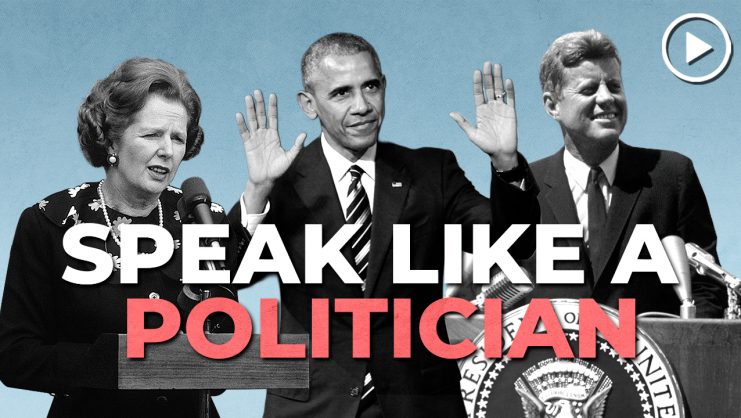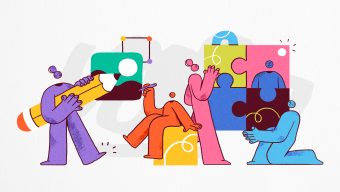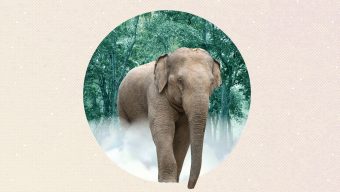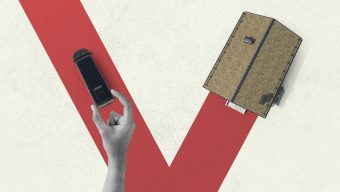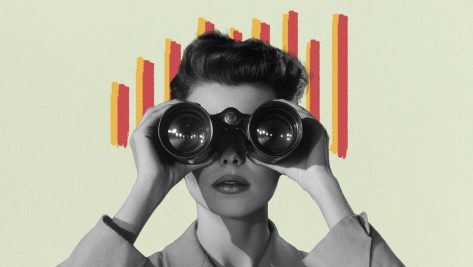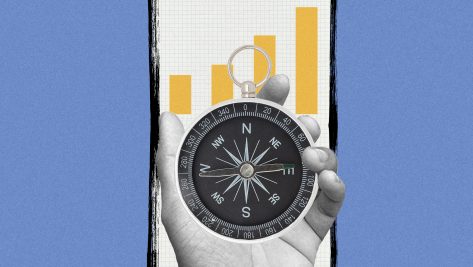From Instinct to Innovation: The Future of Behavioral Science
Behavioral science affects our health, finances, and productivity, but where is the field heading? Alistair Fildes takes a look at how behavioral genetics, environment design, and experiential learning will change how we live and work.
© IE Insights.
Transcription
Behavioral science is the application of a social science lens to not only understand human behavior, but also find ways of changing it. Where behavioral science has been effective is in terms of improving people’s financial decision-making, helping them be healthier, and also being more productive. There are three areas where behavioral science will move next: behavioral genetics, environment design, and experiential learning.
Think of a newborn baby. It lives by instinct. It looks for milk to feed. It looks for comfort. It cries to have its needs met. As it grows older, then it learns how to communicate, learns how to behave. But that genetic program that we all have when we’re a baby doesn’t just disappear. The latest evidence suggests our genetics and how we learn about the environment mix together, and that kind of affects our behavior as well.
So the next area that we really have to look at is in an area called behavioral genetics, is understanding the influence of genetics on behavior. Much of behavioral science has sought to alter the physical environment to shape behavior. Think about moving healthy fruit and foods in a cafeteria so people pick them more. Think of when you go to a hotel room and you see a sign that says, please reuse your towels. All of these are examples of where we’ve used small nudges to encourage healthier and more productive behavior.
Now the next step beyond that is thinking about how can we create physical environments that encourage the right types of behaviors that we’re looking for? Are we missing an opportunity to improve productivity and the general well-being of the people that work with us? We can only do that if we start to reshape the physical environment to bring out more positive behaviors. We call this environment design. Think of a typical organization. You walk into the office IT are there, HR are there, Strategy are there. But what if you were to completely change that physical environment? What if you were to mix everybody up? Define different spaces for doing different things. This is the area to brainstorm. This is the area to design. What if you got everybody to talk to one another and to understand how they approach problems differently and then create things new.
When you begin working for an organization, how do you learn what you should be doing? Maybe you’re given articles to read, maybe you’re given a wiki, maybe you’re sat down and talked through how to use these systems. But this only takes you so far in your learning journey. Where we need to go next is what we call experiential learning. Let me give you an example. We’ve all had a terrible experience of customer service. We can probably even imagine the situation and how it made us feel.
The reason you remember that as well as you do is that when you have an emotional reaction to an event, that makes it more likely that you’re going to remember that event. The emotion flags the memory. But we can actually harness this to make more effective learning, creating learning that elicits an emotional response from us, whether positive or negative.
In my past, I used to work as an experiential learning designer. What did that look like? I used to train police officers to deal with highly stressful events. The way that I would do that traditionally, I would sit them down and I would give them a lecture of how to deal with these events. But that wasn’t enough. The way that I used to do it, I would go up to a police officer.I would scream in their face and I would see what their emotional reaction was. Then when they had that emotional reaction, I would train them how to deal with that emotional reaction and deal with the situation in a more positive way. If we can elicit emotions from people, we can actually harness some learning and actually give them more positive behaviors to enact in the workplace.



